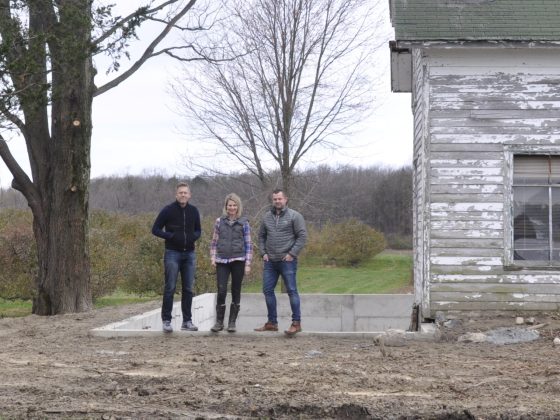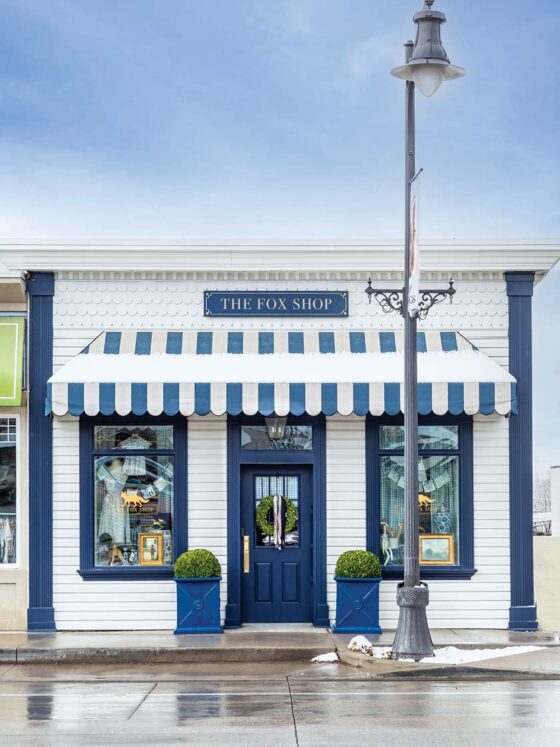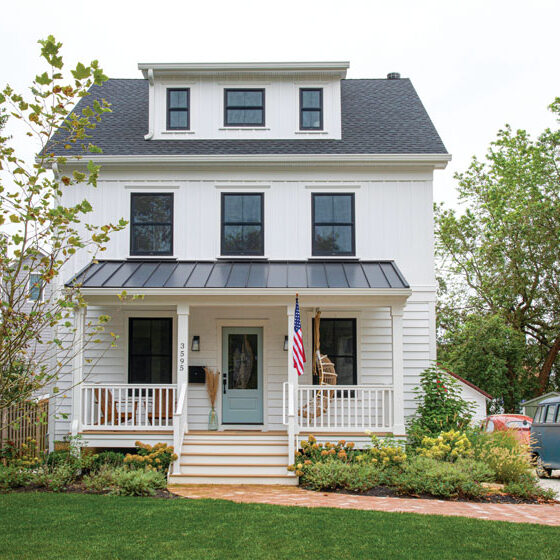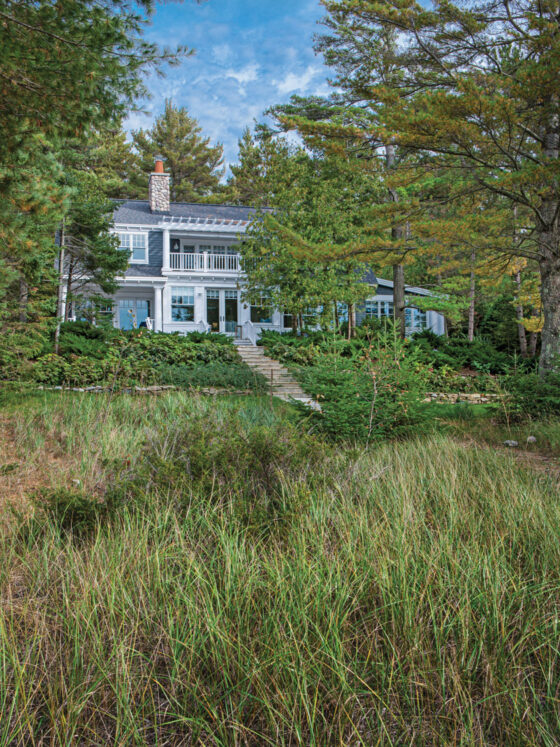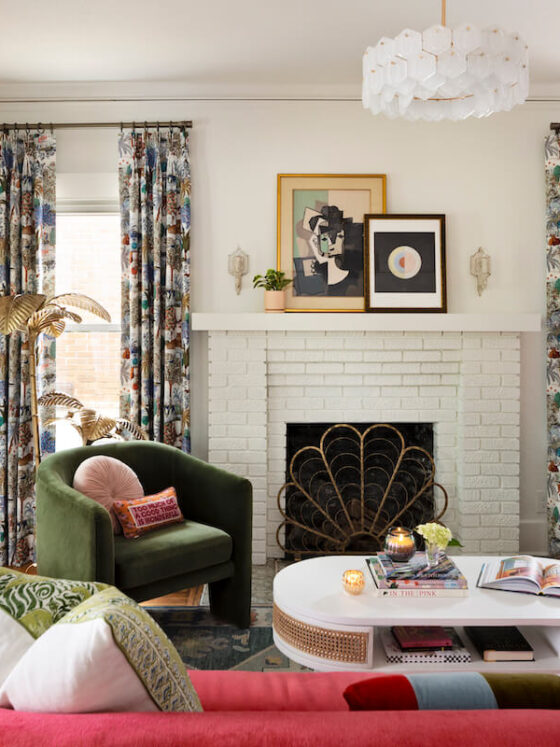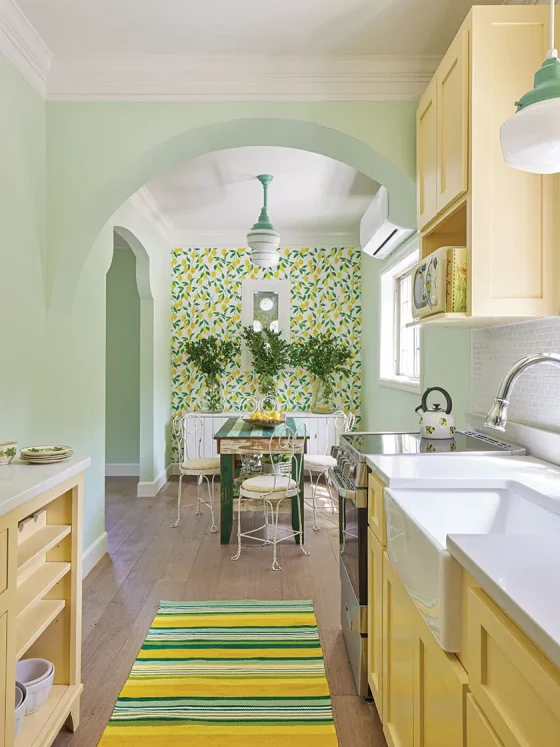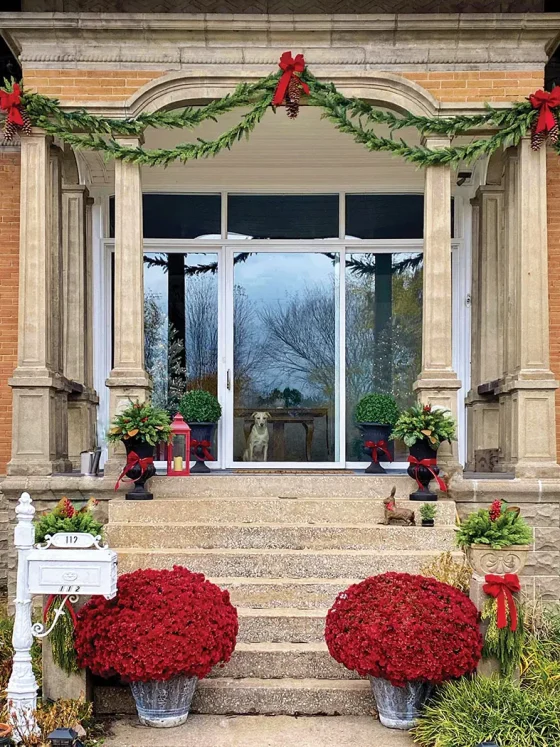Renovations can be pricy and having a budget is essential. However, it can be difficult to stick to this budget once you start brainstorming ideas for your home, especially when you’re dealing with a historic property or have some specific preservation goals in mind. Prioritizing what you want and what you need helps you to save money, without having to forego your favorite ideas. As Christine says, “Renovations aren’t fun if you can’t make some of your dreams come true.” Here are a few of her tried and true lessons learned.
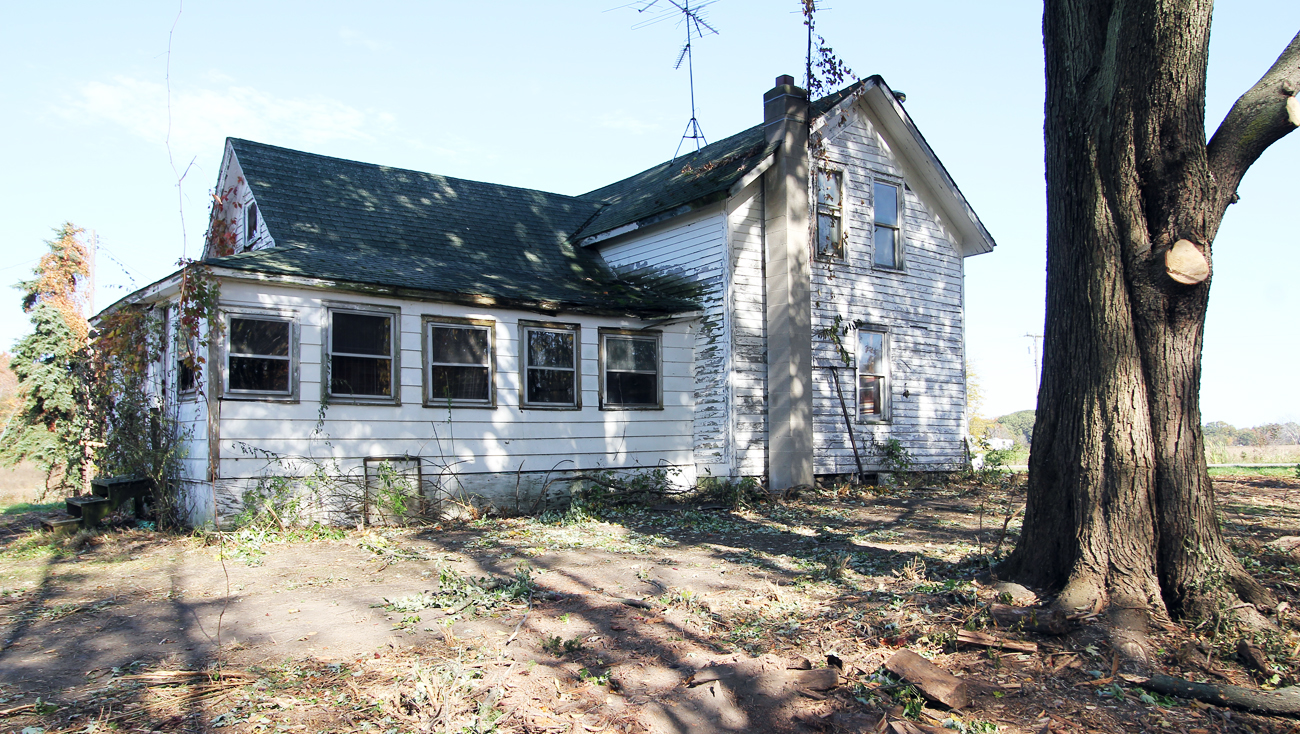
The Bridgers bought this farmhouse and saw potential in it when no ones else did. This is what the home looked like before renovations began.
1. Shop Around
Christine says, “The biggest savings is sourcing your own materials.” A one-stop shop may be efficient, but the price tag tends to be steep and the results cookie cutter. “If you’re smart and lucky, you’ll go to local rebuild stores,” Christine says. One such store is how they scored matching salvaged doors from a local 100-year-old house.
2. Go Through Several Drafts
Check with your contractor on the details of what your decisions will mean in terms of cost. Reshuffle to save where you can and make the higher-dollar, high-priority decisions possible, and bring it back to your contractor to get a new estimate. You may need to repeat the process several times. That’s okay– this is a foundational process worth getting right.
3. Budget for Extra
“I’ve never had a project come in under budget,” Christine says. You may not want to acknowledge it as you plot out your weekly budget, but keep in mind that you will likely encounter some unforeseen costs as the process continues.
4. Keep in Mind You’ll Need to Furnish The House
What naturally absorbs most of your attention as you plan a renovation are the big structural changes and costs, but Christine has seen friends renovate, then realize they need additional things to make the house livable– furniture, kitchen and dining wares. etc.– and then end up purchasing the cheapest things they can find all at once because they’ve already spent so much on the renovation. To avoid this, remember to account for those items in your budget.
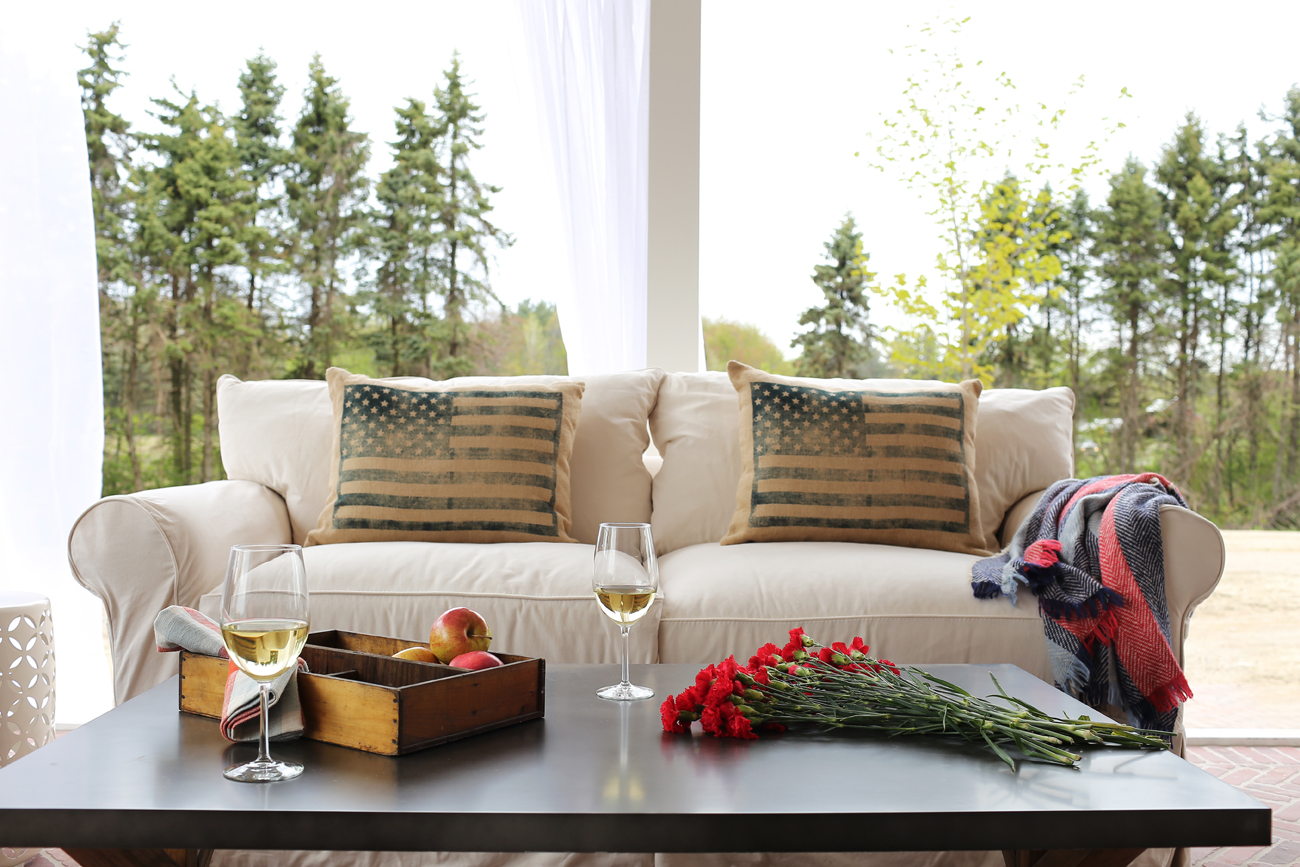
5. Remember Not Everything Has to be Perfect at Once
The Bridgers prefer to prioritize structural things and important areas foremost, knowing the rest will be easy to tackle later on. “Choose a focal point for the house to avoid having to spread your budget too thin,” Christine advises. This can help save on costs and ensure you’re thoroughly happy with the high-priority areas.
Want more renovation ideas? Check out this California Cottage Renovation story.
Of course, don’t forget to follow us on Instagram, Facebook and Pinterest to get your daily dose of cottage inspiration!


